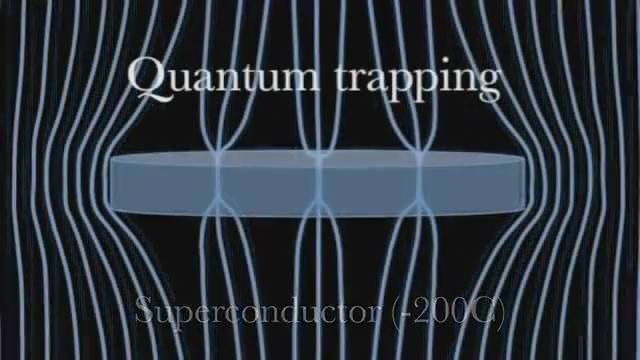Researchers at the school of physics and astronomy at Tel Aviv University have created a track around which a superconductor (a material that is extremely efficient at transmitting electricity) can float, thanks to the phenomenon of “quantum levitation “.
This levitation effect is explained by the Meissner effect, which describes how, when a material makes the transition from its normal to its superconducting state, it actively excludes magnetic fields from its interior, leaving only a thin layer on its surface.
When a material is in its superconducting state — which involves very low temperatures — it is strongly diamagnetic. This means that when a magnetic field is externally applied, it will create an equally opposing magnetic field, locking it in place.
A material called yttrium barium copper oxide can be turned into a superconductor by exposure to liquid nitrogen — which makes it one of the highest-temperature superconductors.
Levitation isn’t just for Houdini anymore. Could this cool new tech lead to floating alternatives to traditional gas powered vehicles? Interesting times ahead!










Comments are closed.